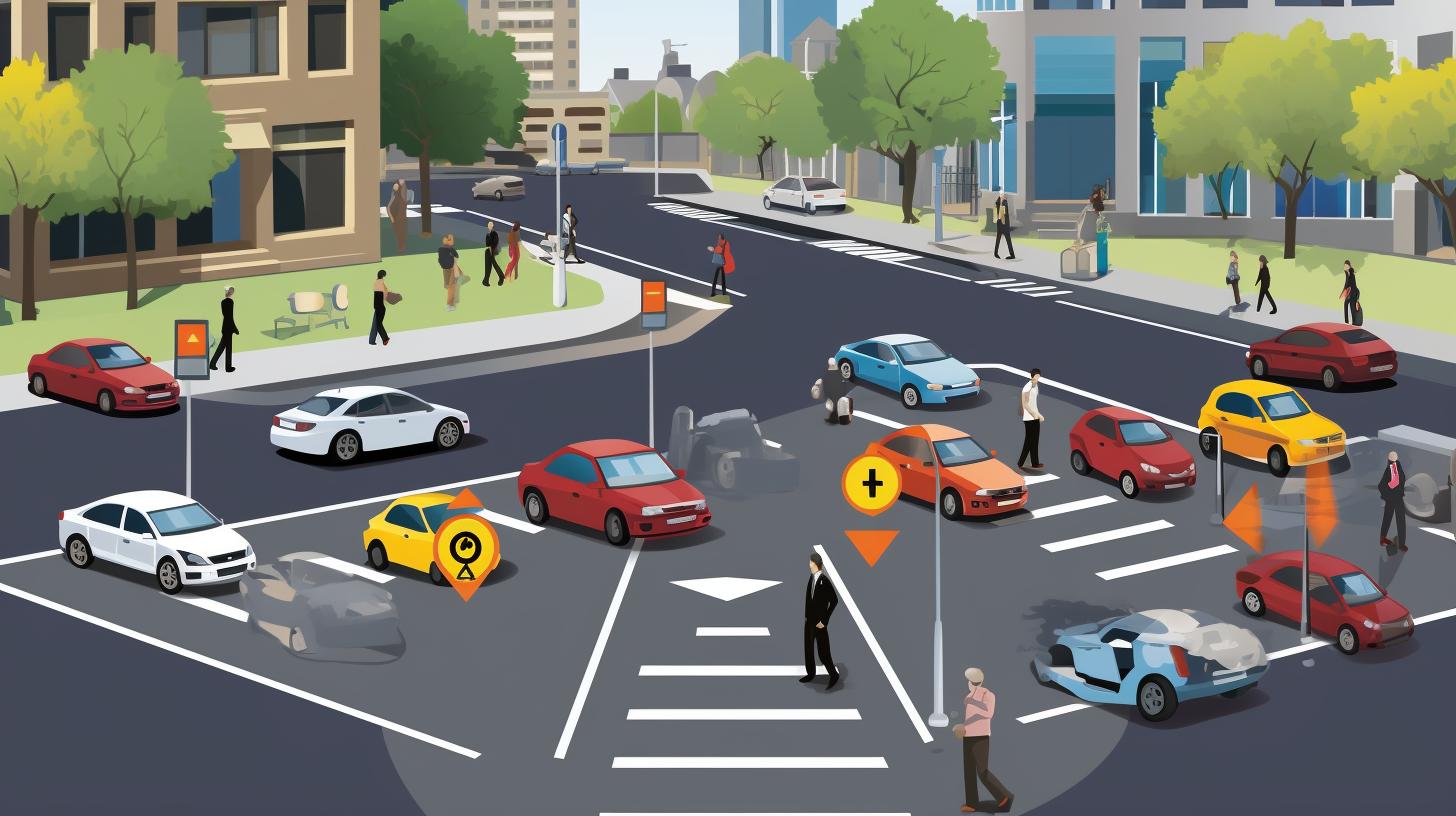Introduction


Driving tests can be nerve-wracking, and it’s no secret that many learner drivers are anxious about their Vic Roads drive test in Victoria. Whether it’s the fear of failing or the pressure to perform well, there’s a lot at stake. But why exactly do some learner drivers fail? If you’ve ever wondered this, you’re in the right place! Let’s dive into the ten most common reasons why learner drivers don’t pass their Vic Roads drive test and the percentage of those who fail. Trust me, you don’t want to miss this. So buckle up, and let’s get started!
Understanding the Statistics
Before we look into the reasons, it’s essential to understand the statistical background. How many people actually fail their driving test in Victoria?
| Year | Number of Tests Conducted | Number of Passes | Number of Fails | Fail Percentage |
|---|---|---|---|---|
| 2018 | 60,000 | 36,000 | 24,000 | 40% |
| 2019 | 62,000 | 37,500 | 24,500 | 39.5% |
| 2020 | 58,000 | 34,800 | 23,200 | 40% |
| 2021 | 59,000 | 35,400 | 23,600 | 40% |
As you can see, the fail rate hovers around 40%, which means that almost half of the test takers don’t make it through on their first attempt. Now, let’s explore the reasons behind these failures.
1. Not Checking Blind Spots


One of the biggest culprits for a failed driving test is the lack of proper blind spot checks. Examiners watch this like hawks. Failing to check your blind spots while changing lanes or merging can result in an automatic fail. It’s crucial to develop this habit during your practice sessions. Make it second nature to glance over your shoulder before making any lane movements.
2. Poor Observation at Intersections


Intersections can be tricky, and they are a hot spot for driving test mishaps. Many learner drivers either hesitate too long or make incorrect decisions when they approach intersections. You need to be confident but cautious. Always scan the intersection from left to right and ensure it’s safe before you proceed.
3. Speeding
Speed is a critical factor that examiners look at closely. Exceeding the speed limit, even by a small margin, can result in a fail. It’s vital to adhere strictly to speed limits, especially in school zones and residential areas. Being mindful of your speed shows that you can control the vehicle effectively and care for the safety of others.
4. Incorrect Signal Usage
Signals are your way of communicating with other road users. Inadequate or incorrect use of signals is a common mistake among learner drivers. You must use your signals appropriately for turns, lane changes, and when entering or exiting roundabouts. Improper signaling confuses other drivers and can lead to dangerous situations.
5. Failing to Give Way


Failing to give way is another significant reason for driving test failures. Whether at a roundabout, intersection, or pedestrian crossing, giving way when required is non-negotiable. It’s crucial to understand and obey the give-way rules to avoid putting yourself and others at risk.
6. Striking the Curb
Mounting or striking the curb during your test, especially when performing maneuvers such as parking, is a common pitfall. This indicates a lack of vehicle control, and examiners are likely to fail you for it. Practice your parking and maneuvering skills thoroughly before the test day.
7. Obstructive Driving


Driving too slowly or hesitating excessively is just as problematic as speeding. Obstructive driving can frustrate other road users and cause unnecessary delays. You need to maintain a reasonable and safe pace according to road conditions and traffic flow. Driving confidently and assertively, while still being cautious, is important.
8. Inadequate Lane Discipline
Staying in your lane and maintaining proper lane discipline are essential aspects of safe driving. Drifting out of your lane or failing to stay centered can be dangerous. Your examiner expects you to hold a steady course within your lane. Be sure to practice this skill, especially on multi-lane roads.
9. Poor Steering Control
Steering control is a critical part of driving. Whether it’s taking turns too sharply or too widely, poor steering control can indicate a lack of practice or confidence. Work on smooth, controlled steering to ensure you’re ready for the test. Keep your hands at the recommended positions on the steering wheel to maximize control.
10. Not Adapting to Road Conditions
Adaptability is a key trait of a good driver. Examiners will assess how well you adapt to changing road conditions, such as weather, traffic, and roadworks. Being adaptable means adjusting your driving style to maintain safety and comfort. If it’s raining, for instance, you’ll need to slow down and increase your following distance.
Conclusion
Phew! That’s quite a list, isn’t it? Passing your Vic Roads drive test in Victoria is no small feat, but knowing these common pitfalls can make a world of difference. By understanding the reasons why learner drivers fail and taking steps to avoid these mistakes, you’ll be better prepared to ace your driving test. Remember, practice makes perfect, so keep honing your driving skills, and you’ll be on the road with your new license in no time. Good luck!






Поздравляем!